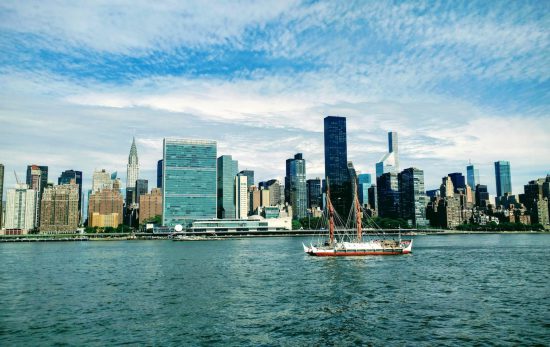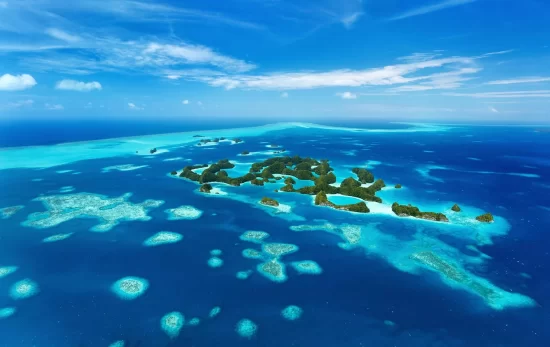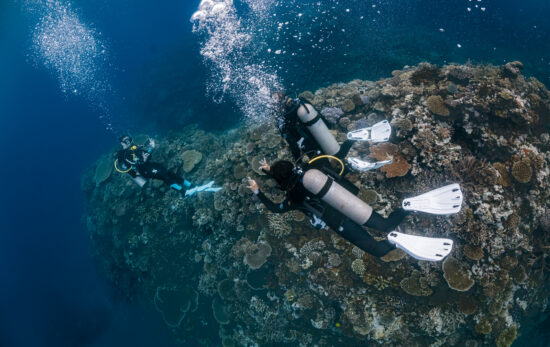The health of our oceans is a massive concern, not just to divers, but to the world as a whole. In 2015, 193 world leaders agreed to 17 Global Goals for Sustainable Development. If completed this would mean an end to extreme poverty, inequality and climate change by 2030. In short, these are goals working towards making the world as sustainable as possible. One of these goals, number 14, focuses on life below water, which led us to ask the question:
What other aspects of sustainability are affected by the health of our oceans?
When you think about the health of our oceans affecting sustainability, it’s very easy to just think about fish stock levels. But there’s a lot more at stake than not being able to find your favourite fish in the supermarket if the ocean’s health fails. That’s not to say that over fishing isn’t a massive problem, but it’s just one of many issues that the health of our oceans affects. Here are just a few more examples of what could be affected:
Decent work and Econimic Growth – Sustainability of local tourism
From Cornwall in the UK to Kho Tao in Thailand, many communities rely on the sea to bring in tourism, whether for the beautiful scenery, water sports or food. When the health of the ocean declines so do the number of visitors which, in turn, results in communities with no sustainable source of income. Unfortunately, according to the Ocean Health Index, 4 of the top five pressures on coastal and marine tourism are related to pollution and ocean health. But it’s not all bad news, the following video shows there are ways tourism can affect positive change in the health of our oceans…
Climate Action – Oxygen in the atmosphere
The ocean’s marine life is responsible for an estimated 50% – 70% of all oxygen in the atmosphere. Without healthy oceans this would put a massive strain on creatures on land that rely on oxygen to breath (including us). Without a healthy balance in our oceans the organisms we rely on to keep our air breathable may not be able to keep the balance.
Life on Land – Land mass
With rising oceans comes the inevitable ‘drowning’ of lower land masses. Rising sea levels are due, mainly, to melting ice caps. Scarily, according to Sylvia Earle, an ice free Arctic could happen within this century. Alarmingly since records begin in 1880, global sea levels have risen by about 8 inches. If the projected rate of another 1 – 4 feet by 2100 happens then many low lying areas are at risk – including New York City, Mumbai and the Maldives. This report has more in-depth information on the topic of global sea levels and its affect on the health of our oceans.
If you’ve found this brief overview interesting, all the topics in this post, and much more, are covered by Sylvia Earle in this great TED talk:




